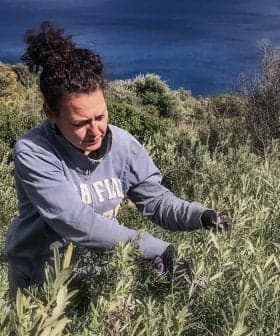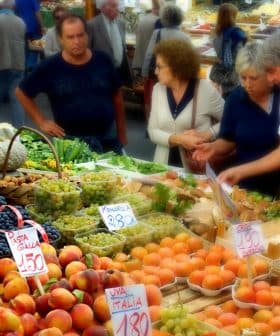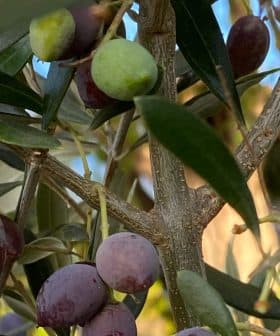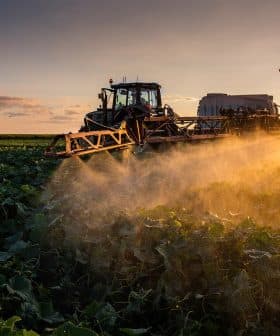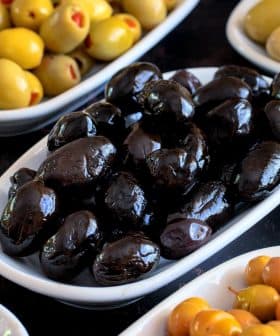Designing Better Olive Oil through Genetic Mapping
Spanish scientists involved in the Oleagen project have successfully created a genetic map of the olive, identifying genes crucial for producing more profitable and higher quality olive oil. The project, which began in 1998 and involves 59 scientists, aims to develop new olive varieties that are more productive, profitable, and beneficial for health, potentially giving Spain’s olive oil sector a competitive edge in the global market.
Spanish scientists say they have pioneered a genetic map of the olive and isolated genes pivotal to the production of more profitable, higher quality and even healthier olive oil.
Among the achievements of the €3m ($4.24m) Oleagen project – which began in 1998 and will conclude this June – are the profiling of genes responsible for fatty acid accumulation in olives, antioxidant properties and aroma.
The researchers also identified olive genes that could be key to more efficient olive growing, particularly in the context of increasingly dense intensive cultivation, where small-sized trees that mature fast are highly valued.

“The project’s findings could be used by manufacturers to give Spain’s olive oil sector a competitive advantage in the international market for olive oil, table olives and olive varieties,” the researchers said in a recent statement.
Among their world-firsts, they said, was the development of a proven method of genetic transformation of olives, which was a critical tool for the study of the functionality of olive genes.
Oleagen is jointly coordinated by Genoma España (a government R&D foundation); the Andalusian Institute for Training and Research in the Agricultural, Fishing and Food Sectors (IFAPA); and the Technological Corporation of Andalusia (CTA). It encompasses 59 scientists and 12 research groups, nine of which are Andalusian.
It has the aim of “gaining information key to obtaining olive varieties that promise more productive and profitable olive farms and olive oils of higher quality or with characteristics more beneficial for the health, among other possibilities.”
“The project has developed a genetic map of the olive, with biomarkers important to the development of new varieties of olives producing more oil than existing ones, and/or with a wide range of sensorial and functional qualities, adjusted to consumer preferences (for example, the taste of the oil) and addressing some of the challenges for olive-growers (such as ecological factors and intensive cultivation),” they said.
Among other highlights, they listed the generation of a data base of genomic and agricultural resources and their use of the wide range of cultivars in the Worldwide Olive Germplasm Bank in Córdoba, Spain.
“Oleagen uses advanced DNA analysis techniques to identify genes responsible for the accumulation of fatty acids within the olive and their qualitative and quantitative properties, polyphenols (molecules with strong antioxidant properties) and volatile components (responsible for the aroma) in the oil, in order to know precisely which genes influence the production and quality of olive oil.”



